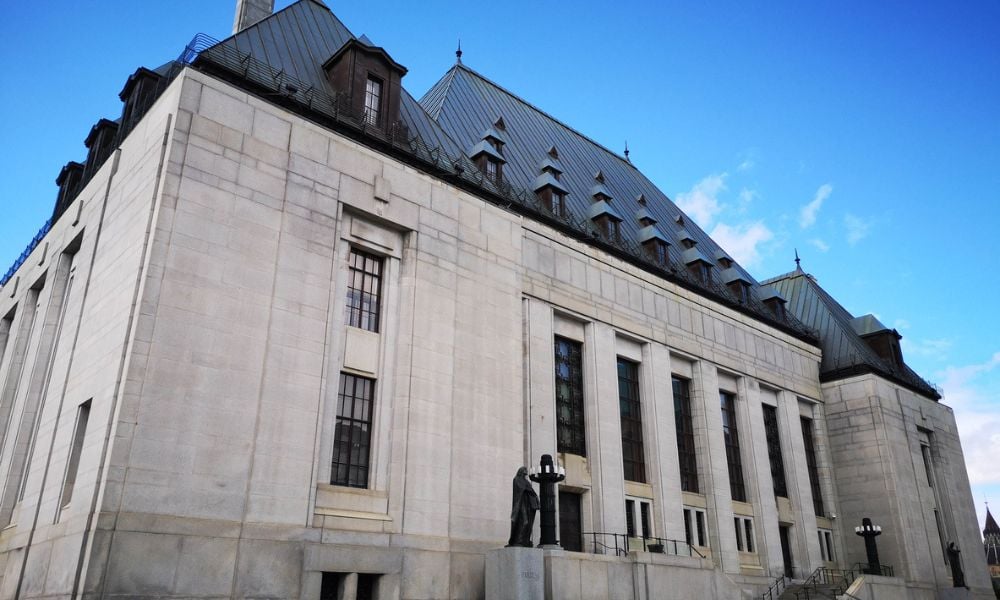The road was in a state of disrepair because of dirt and gravel buildup

The Alberta Court of Appeal has upheld the City of Calgary’s liability over a fatal road accident in 2014.
In Pyke v Calgary (City), 2023 ABCA 304, Tara Pyke was driving her husband’s truck westbound in the middle lane of Glenmore Trail between Deerfoot Trail and Blackfoot Trail when she lost control of the vehicle on the icy road. The truck careened into the median, vaulted the barrier in the middle, and crossed into oncoming traffic. The truck collided with a Honda Accord. One passenger in the other vehicle died, and three others sustained serious injuries. At the time of the accident, grave, dirt and snow had accumulated on the median adjacent to the barrier, which reduced the effective height of the barrier.
The passengers of the Honda commenced an action for damages against Tara Pyke and her husband and the City of Calgary. The parties agreed to settle the claims, but the liability issue between Tara Pyke and the city proceeded to trial. The trial judge found the city partly liable for the accident.
The trial judge found that when the accident occurred, the road was in a state of disrepair because the buildup of dirt and gravel had reduced the functional height of the median barrier, creating a safety hazard for drivers exercising ordinary care. The judge found no evidence that the city had ever removed dirt and gravel from the median between the barrier construction and the accident. The trial judge also rejected the city’s argument that it was immune from liability.
The city appealed the liability finding, arguing that the trial judge committed an error in his interpretation of the relevant provisions of the Municipal Government Act (MGA), which imposes a duty on municipalities to keep roads in a reasonable state of repair and shield them from liability in some circumstances.
The city challenged the trial judge’s interpretation of the MGA provisions that allegedly exempted the city from liability. The city claimed that s. 530 of the MGA protected the city from liability for damages caused by “a system of inspection” or “a system of maintenance.” The trial judge, however, said that the protection under s. 530 does not apply to roads and other public places covered by s. 532. The appeal court agreed on this point.
The city argued that the trial judge committed an error in concluding that the city was not entitled to statutory immunity after finding that its failure “was, in essence, an absence of maintenance.” However, the appeal court said that the city’s proposed interpretation does not serve the legislation’s purpose. Furthermore, the court pointed out that the city had the burden of proving that it “took reasonable steps to prevent the disrepair from arising.”
The court further explained that when a road or public place falls into disrepair, the municipality is liable under s. 532 of the MGA if it knew or should have known of the disrepair and did not take reasonable steps to prevent or rectify the problem. The trial judge found that the city breached its duty under the MGA because the road was not in a reasonable state of repair. While the city argued that it did not know and could not have known that the buildup of dirt and gravel on the median posed an undue safety hazard, the trial judge disagreed. He found that the city knew or should have known of the state of disrepair because of available accident data showing that in the ten years leading up to the accident there were more than 3,000 accidents on Glenmore Trail. Of those accidents, about 400 involved contact with the barrier.
The appeal court also rejected the city’s argument that s. 533(a) of the MGA provides blanket protection from liability in any case. Under this provision, a municipality is not liable for damages caused by the presence or absence of a roadway infrastructure, such as a wall, fence, guardrail, railing, curb, or barrier.
The court explained that s. 533(a) operates to shield Alberta municipalities from liability for good faith decisions concerning certain types of roadway infrastructure, including decisions about what to install, when, where and how to install it. However, the court pointed out that the presence, absence, or type of barrier or curb was not the issue in this case. The court said that since the city installed the barrier on the median separating the east and westbound traffic on Glenmore Trail, the city had a duty to keep that barrier in a state of reasonable repair. It is the city’s breach of this duty that the court found to have caused the plaintiff’s damages.
Ultimately, the court said it was not persuaded that the trial judge’s decision was incorrect or the product of any palpable and overriding error. Accordingly, the court dismissed the city’s appeal.










